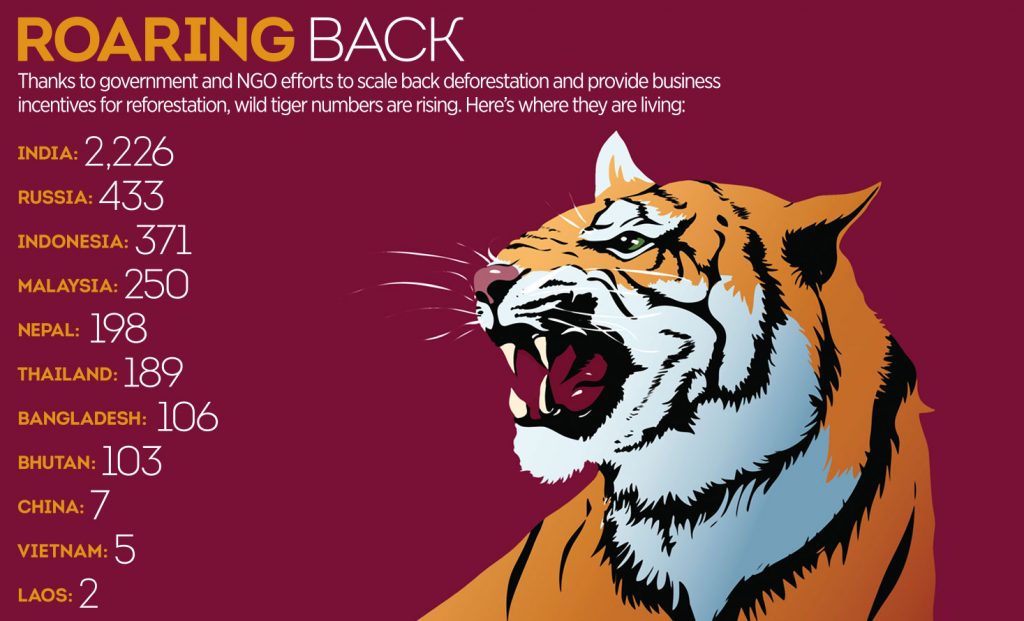Debating nuclear
Nuclear energy offers several advantages: It’s clean, powerful and relatively cheap
Nuclear energy offers several advantages: It's clean, powerful and relatively cheap
But it also yields hazardous waste, a fact that terrifies a public haunted by memories of accidents at Three Mile Island and Chernobyl nuclear reactors. In America, about 60,000 tonnes of heavy nuclear energy byproducts sit in radioactive dumps, with no potential use and no expiration date in sight, while federal experts rack their brains for a better way to manage nuclear waste.
Several energy companies say they have a solution to the waste issue: Recycling, basically squeezing more energy from already-used nuclear fuel while leaving less waste behind. But their efforts face a decades-old policy hurdle that offers them little incentive to pursue the process.
“When it comes to energy, America is strong on technology but weak on policy,” said GE Hitachi Nuclear Energy Chairman John Fuller. “And it’s a critical handicap.” A Carter-era law keeps all used fuel from American commercial reactors in federal hands, and the government has determined it must be stored.
Ironically, the US Department of Energy, or DOE, developed spent fuel reprocessing technology in the late 1980s to mid-1990s, in collaboration with energy companies. But the programme closed when the National Academy of Sciences proclaimed it economically unsustainable. US Congress has approved the Yucca Mountain repository in Nevada as the official storage dump for US nuclear waste. But President Barack Obama, fulfilling a campaign pledge, has cut off funding for the facility and wants to find alternatives.
Despite billions of dollars spent on the repository and a long court wrangle over its closing, the DOE has appointed a special commission to determine the best way of handling nuclear waste. And the panel does plan to consider recycling or reprocessing nuclear fuel, said spokesman John Kotek. Yucca’s potential closing has reinvigorated hopes that the United States will jump on the French, British and Japanese bandwagon of reprocessing nuclear fuel as a national policy.
“It’s a perfect time to reconsider recycling for the US,” said Jarret Adams, spokesman for the French firm Areva SA, which has reprocessed its spent fuel for decades. Spent fuel comes as discarded reactor fuel assemblies, 14-foot tubes comprised of thousands of solid enriched-uranium pellets. Every 18 to 24 months, a third of those assemblies is replaced by new ones and stored as waste.
Nuclear energy produces 20 percent of US power, and the conundrum of what to do with that radioactive waste is one impediment to expanding its role.
Costs and policy obstacles
Since the US agency declared spent fuel reprocessing too costly, US research into new technologies has slowed.
President George W. Bush offered federal backing for nuclear waste management alternatives, but over the years the policy has meandered and had few incentives to lure companies, said Steven Kraft, senior director of used∞fuel management at the Nuclear Energy Institute, the industry’s trade organisation.
Being able to burn through rather inexpensive uranium to produce energy, companies are wary of investing millions into recycling technology that may go against the national policy. Still, industry support for the ideas is strong, if not for the procedure itself then for allowing the market – not the government – to determine its cost-effectiveness and fate.
Duke Energy, which operates seven nuclear plants, would support nuclear recycling if there was a cost-effective national policy, spokeswoman Rita Sipe said.
GE Hitachi has proposed a new generation of fast reactors that, they say, could return to the grid up to 99 percent of energy contained in the uranium, compared to recovering two or three percent from a common light water reactor.
But they want federal support for more research and, ultimately, commercialisation of the technology, said chief consulting engineer Erik Loewen.
That support, in essence, would have to come in a form of subsidies such as cost sharing or loan guarantees, said Jack Spencer, nuclear energy policy research fellow at the Heritage Foundation think tank. “What the industry needs… is something to mitigate government-imposed risks,” he said of the regulatory regime. “This will all ultimately be financed by the industry broadly through the fees they pay to the Treasury in order to manage nuclear waste,” he added.
The ultimate price tag for recycling facilities, however, is murky and heavily dependent on which technology is used. Areva estimated the cost of France’s reprocessing plant at $300m. Additional costs are incurred in the United States for federal licensing, approval and fees. Several US senators have chimed in with their support of the nuclear fuel reuse, introducing bills to bring it back to the table on waste management talks.
Is nuclear waste a problem?
But even with recycling or reprocessing, the hazardous waste would still be there – albeit less radioactive, less long∞lasting and in smaller quantities. This has created opposition from environmental groups, who say it simply wouldn’t solve the nuclear waste problem.
The problem with nuclear waste is “there is no safe dose” for radiation, said Mary Olson, director of the southeast office of the Nuclear Information and Resource Center, an environmental group.
Public fears of nuclear technology are centered on the meltdown at the Three Mile Island plant in Pennsylvania in 1979 and the explosion at the Chernobyl plant in the Ukraine in 1986.
Those didn’t involve nuclear waste but one major disaster did, and one considered the second greatest after Chernobyl. In 1957 at a fuel reprocessing plant near Kyshtym, Russia, a huge radioactive cloud was released into the air after an explosion at a nuclear waste storage facility caused by a cooling failure. With development of new-generation technology and safety research, the industry is looking out for alternative nuclear waste ideas that can be adopted – and soon.
“If you look down 30 or 40 years,” said GE’s Fuller, “what you want to do is leave a legacy for the children that doesn’t have the same issues we have today with the debate on how to deal with spent fuel and spent fuel storage.”













